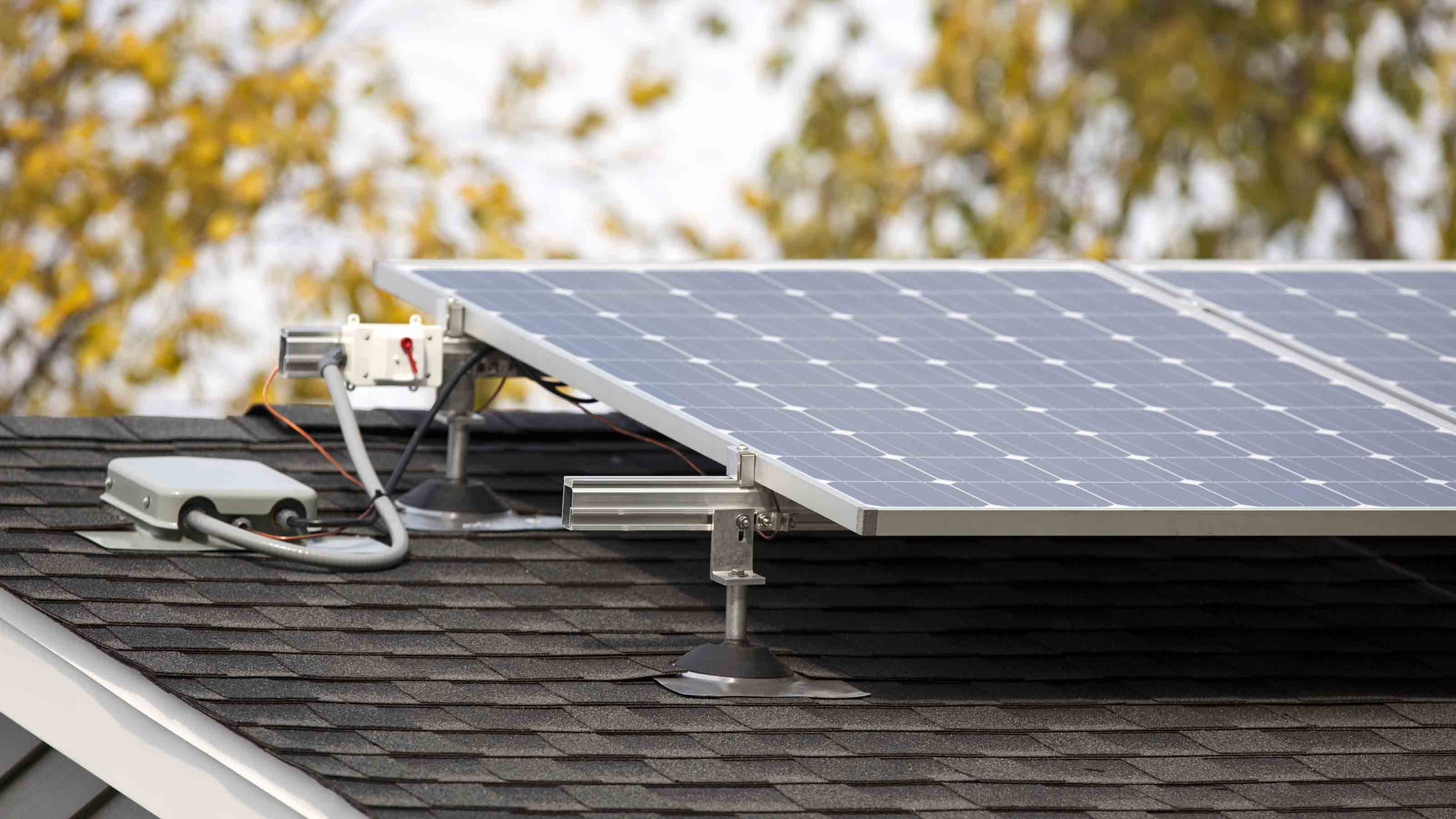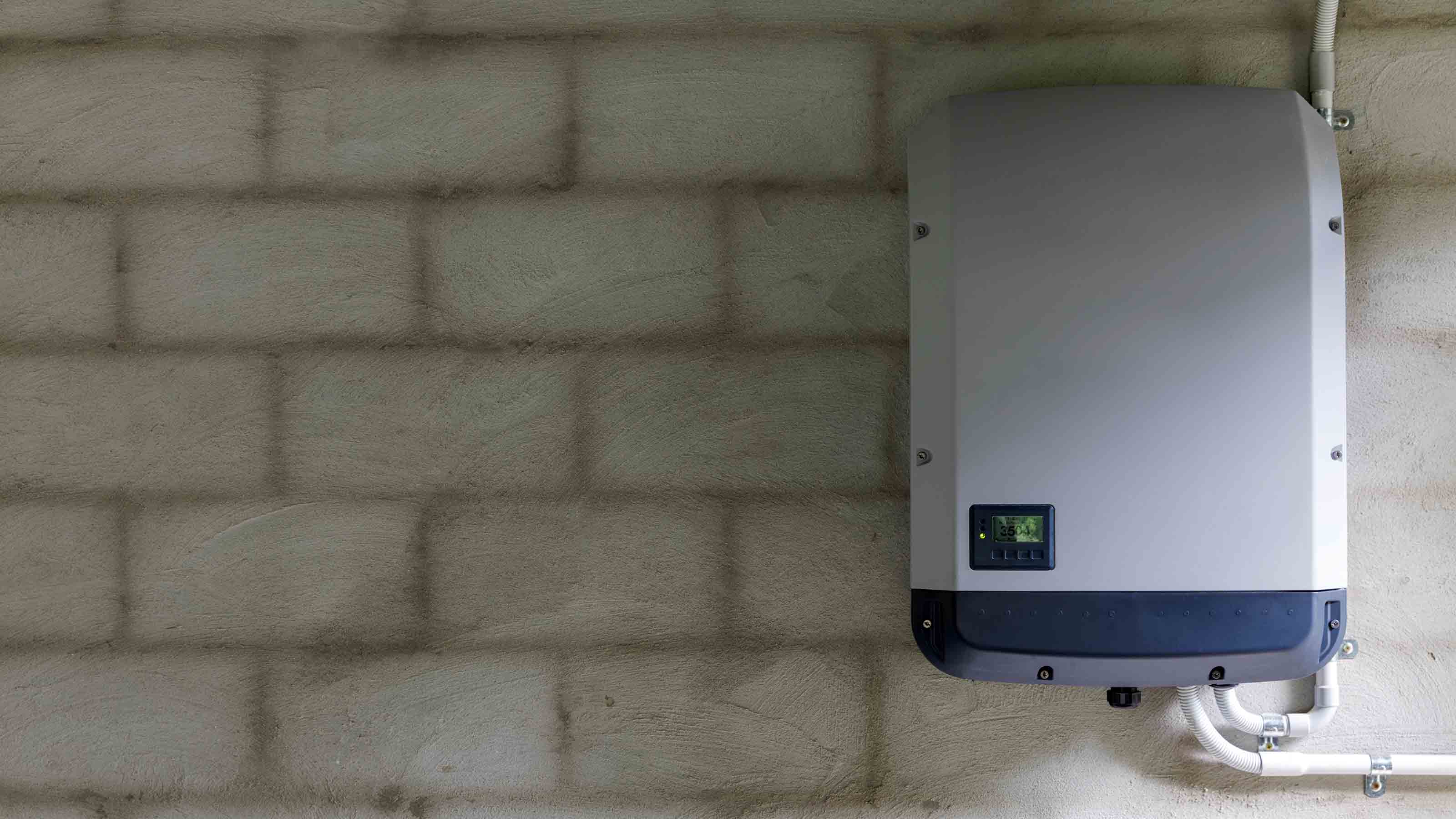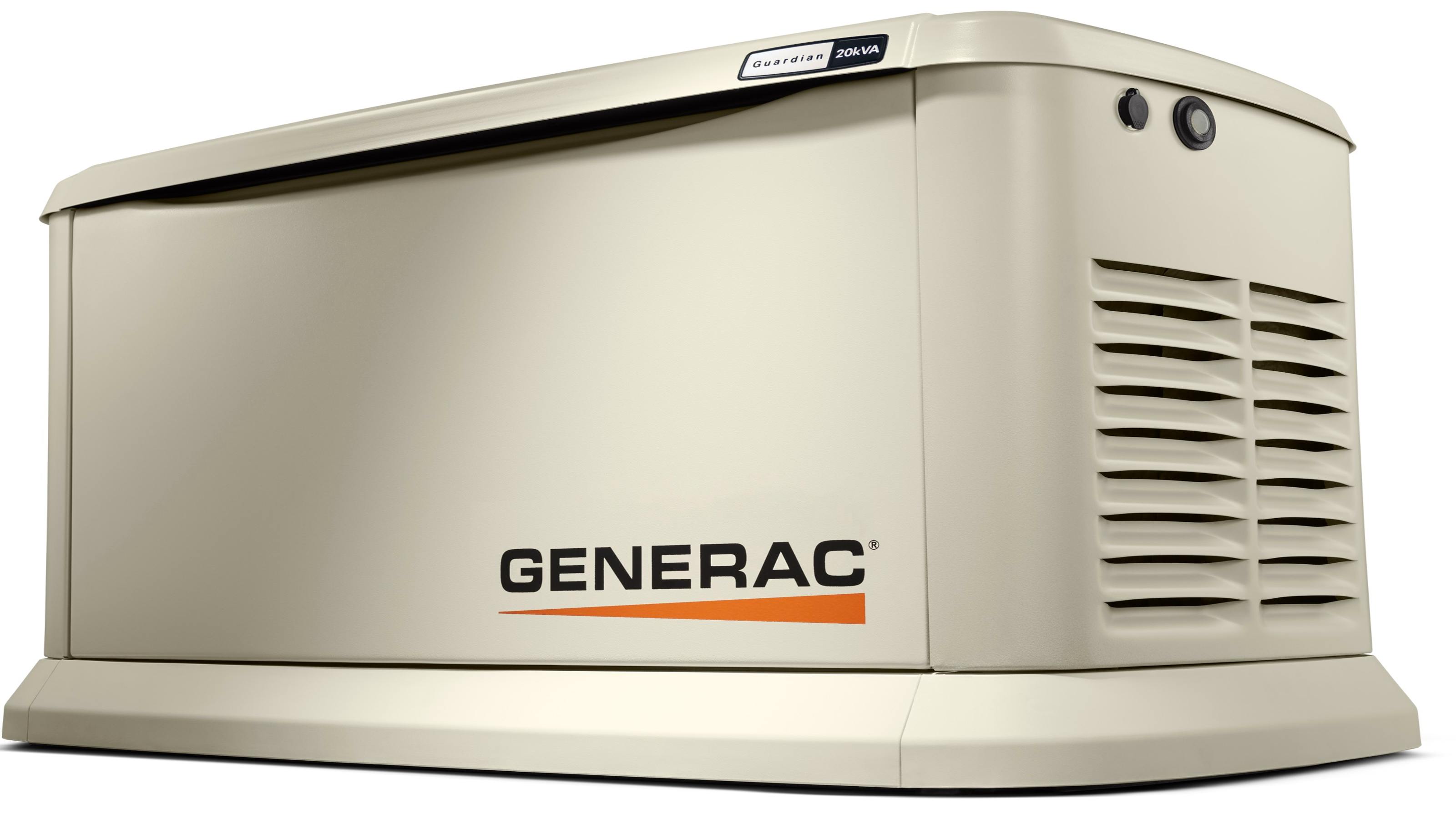5 Pick-and-Shovel Solar Stocks for the Green Energy Gold Rush
With a progressive administration focused on climate change, these five solar stocks could be worth a closer look for investors.


The solar energy boom is the modern equivalent of the California Gold Rush of 1848.
Data from Wood Mackenzie Power & Renewables and the Solar Energy Industries Association notes that it took 40 years to reach 1 million solar installations in the U.S., but just three more years to hit 2 million installations. And the forecast for 2021 alone is 3 million installations.
Green energy exchange-traded funds (ETFs) have benefited as investors have piled into solar stocks. This is evidenced in the bellwether Invesco Solar ETF (TAN), which is still up more than 50% over the past year even after a sharp cooling-off in early 2021.
And the setup for solar stocks still looks good, with climate change firmly atop the Biden administration's agenda.
Like the supply companies that profited during the gold rush selling picks and shovels to eager prospectors, solar energy offers a similar "pick-and-shovel" opportunity. Companies that make components, batteries, the materials to produce panels or the software to manage them are riding the coattails of the inexorable march away from fossil fuels and toward solar power.
Here are five of the best solar stocks that offer a differentiated strategy for profiting from the green energy boom.
Disclaimer
Data is as of Aug. 25.

SolarEdge Technologies
- Market value: $14.7 billion
Israel-based SolarEdge Technologies (SEDG, $281.44) makes inverters: a key component of the microgrid that delivers solar energy to where it's needed in homes, schools, businesses, campuses and beyond.
Shares of SEDG have been on a tear the last two years. However, since hitting an all-time closing high near $365 in December, shares slumped down to around $200 this spring before rebounding to current levels.
Sentiment has likely tempered on the solar stock thanks to a modest 2% rise in 2020 revenues and a 3% drop in net income. The company's earnings release was mum on the precise reason for this, but declines in both gross and operating margins suggests that as the market for microgrids expands, so too do costs, at least at this stage of the game.
This should be of little concern for longer-term investors looking at solar stocks.
First, SEDG is sitting on just over $680 million in cash and marketable securities as of June 30, with only a few hundred thousand dollars in debt due this year. Next, cash flow from operations for 2020 was $223 million, almost twice reported net income, and this easily covered $126 million in capital expenditures (capex) with a sizable cushion left over.
Finally, about 40% of SEDG sales come from the U.S. While renewable energy policies have been wobbly, a progressive administration coupled with 37 states that have renewable energy targets offers a good setup for sales and earnings growth.
Consensus estimates for SolarEdge Technologies' adjusted fiscal 2021 earnings are $5.09 per share, which, if realized, would represent a 24% improvement from 2020 – a pretty nice bump.

Enphase Energy
- Market value: $23.3 billion
Enphase Energy (ENPH, $172.91) also manufactures inverter systems. Unlike "string converters" made by SolarEdge, which draw power wholesale from all the panels in an installation, Enphase sells microinverters, which draw energy from individual panels as needed or as conditions allow, and, as a result, can be more efficient.
Though microinverters cost more, the market for them may grow faster because they can be more responsive to site-specific conditions. Estimated average annual global growth for microinverters through 2025 is 21% versus about 15% for string inverters, according to Research and Markets, a market research firm.
For investors who believe in the underlying fundamentals of the solar market and who are looking to buy the dips, Enphase might be the stock for you.
Shares of the solar stock dropped from around $215 per share in February to about $115 in mid-May, thanks in part to Enphase's first-quarter report. While sales grew an impressive 46% year-over-year, earnings declined and ENPH reduced its second-quarter outlook based on semiconductor shortages and supply chain interruptions.
But things have improved for the stock since then, thanks to a Q2 report that saw earnings more than triple to 53 cents per share, which easily beat estimates for 43 cents.
Enphase should be able to weather any near-term headwinds. It's sitting on about $1.7 billion in cash, and while long-term debt is just over $900 million, the current portion is only $85 million. Meanwhile, operations last year threw off about $216 million in cash, while capital expenditures were modest at about $25 million.

Generac Holdings
- Market value: $26.9 billion
Generac Holdings (GNRC, $425.87) has grown handsomely selling backup generators to consumers who have become more attuned to and proactive toward power outages. Ice storms in Texas and fires in California offer vivid reminders about the importance of backup power.
But in 2019, Generac entered the battery storage business with a pair of acquisitions. By purchasing Pika Energy and Neurio Technology, GNRC positioned itself to develop and distribute its PWRcell and PWRview solar power products.
Sales are small and not broken out on earnings reports, but Generac touts PWRcell as a high-growth area for the company. And what we're seeing with PWRcell today might be the thin end of the wedge – a setup many investors like. Think Apple (AAPL), where the relatively small services division is expected to be the next big leg of growth for the company, and contributed to about 19% of total sales in its fiscal second quarter. And Amazon.com's (AMZN) cloud division – at a little more than 10% of total sales – is seen as one of the linchpins of the company's growth.
Generac enters the solar business with two distinct advantages. First, it's reliably growing in its core generator business, increasing sales and cash flow at an average annual rate of 10% during the last five years, according to Value Line. Notably, cash flow from operations last year was some $487 million, plenty to finance its foray into the solar business.
Second, unlike Enphase and SolarEdge, which rely principally on third-party sellers and are relatively young companies, Generac has been doing business since 1959, has a global network of 7,000 dealers and has decades of customer data that it can ply with its solar offering.
Shares have been highfliers, up more than 410% since April of last year. Arguably, much of the enthusiasm is being driven by generators, but GNRC could emerge as one of the best solar stocks as its green energy business takes hold.

Daqo New Energy
- Market value: $4.0 billion
Daqo New Energy (DQ, $54.01) is based in China and produces polysilicon, which is used to make solar panels. Right now, China is the world's largest producer of solar panels, and as a result, Daqo is well-positioned to capitalize on the country's leadership in this green energy space.
Another driver for Daqo shares is that demand for polysilicon is increasing and this is boosting prices. For instance, according to Bernreuter Research, in 2021 alone, prices per kilogram for polysilicon have risen from $11 to nearly $28 – and much of that growth goes straight to Daqo's top line. Daqo is solidly profitable, and price increases for its core product are driving increases in its gross and operating margins.
Chinese companies have been chipping away at the hegemony of Western polysilicon producers. Daqo, which is among the top 10 polysilicon producers in the world, typifies this trend. The company plans to increase capacity to 270,000 metric tons by the end of 2024, representing roughly 50% compound annual growth over that time.
With solar booming, Daqo will presumably find a home for all of this new polysilicon, at what looks like increasing prices and better margins. This could make DQ one of the best solar stocks to have on your radar.

CleanSpark
Market value: $469.8 million
Almost nothing in this world works without software, and solar power is no exception. CleanSpark (CLSK, $13.20) offers a suite of software solutions that provide end-to-end microgrid modeling, communications and energy management.
CleanSpark is tiny, but its market cap, at about $550 million, suggests some investors think it could be mighty. CLSK is not for the faint of heart, but the fact that it's showing some momentum above and beyond what's been seen in the broader green energy sector is notable. In its recently reported fiscal third quarter, the company announced that nine-month revenues were $22.3 million – up 176% year-over-year.
CleanSpark is unprofitable on a generally accepted accounting principles (GAAP) basis, but analysts believe CLSK will flip to a 41-cent adjusted profit this fiscal year, from a $2.44 loss in fiscal 2020. If it does, catching the solar stock now, while it's trading at half of what it was at the start of 2021, might be a tenable first step in building a larger position long term.
Also noteworthy, CleanSpark is ramping up its participation in the Bitcoin mining business. Mining revenue didn't appear as a line item on its most recent annual report, but it did show up in CLSK's first-quarter results. And in April of this year, the company announced a material expansion of its Bitcoin mining operations.
Carbon-belching Bitcoin mining and renewable energy can be somewhat at odds, but CleanSpark notes that 95% of the power for its mining operations is carbon-free – an important marker for ESG investors, those focused on environmental, social and corporate governance, and perhaps a source of buying support for the solar stock going forward.
Get Kiplinger Today newsletter — free
Profit and prosper with the best of Kiplinger's advice on investing, taxes, retirement, personal finance and much more. Delivered daily. Enter your email in the box and click Sign Me Up.

-
 Stock Market Today: No 'Powell Put'? No Problem
Stock Market Today: No 'Powell Put'? No ProblemInvestors, traders and speculators look beyond both another Trump post and more signs of slowing economic activity.
By David Dittman
-
 How Many IRS Commissioners Have We Gone Through This Year?
How Many IRS Commissioners Have We Gone Through This Year?IRS Who were the former commissioners, and why did they resign? Find out how IRS turnover can impact your taxes.
By Kate Schubel
-
 The Cheapest Places To Retire in the US
The Cheapest Places To Retire in the USWhen you're trying to balance a fixed income with an enjoyable retirement, cost of living is a crucial factor to consider.
By Stacy Rapacon
-
 Can Stocks Picked by Artificial Intelligence Beat the Market? 3 Stocks to Watch
Can Stocks Picked by Artificial Intelligence Beat the Market? 3 Stocks to Watchstocks An artificial intelligence stock-picking platform identifying high-potential equities has been sharp in the past. Here are three of its top stocks to watch over the next few months.
By Dan Burrows
-
 5 Stocks to Sell or Avoid Now
5 Stocks to Sell or Avoid Nowstocks to sell In a difficult market like this, weak positions can get even weaker. Wall Street analysts believe these five stocks should be near the front of your sell list.
By Dan Burrows
-
 Best Stocks for Rising Interest Rates
Best Stocks for Rising Interest Ratesstocks The Federal Reserve has been aggressive in its rate hiking, and there's a chance it's not done yet. Here are eight of the best stocks for rising interest rates.
By Jeff Reeves
-
 The 5 Safest Vanguard Funds to Own in a Volatile Market
The 5 Safest Vanguard Funds to Own in a Volatile Marketrecession The safest Vanguard funds can help prepare investors for continued market tumult, but without high fees.
By Kyle Woodley
-
 The 5 Best Inflation-Proof Stocks
The 5 Best Inflation-Proof Stocksstocks Higher prices have been a major headache for investors, but these best inflation-proof stocks could help ease the impact.
By Louis Navellier
-
 5 of the Best Preferred Stock ETFs for High and Stable Dividends
5 of the Best Preferred Stock ETFs for High and Stable DividendsETFs The best preferred stock ETFs allow you to reduce your risk by investing in baskets of preferred stocks.
By Kyle Woodley
-
 What Happens When the Retirement Honeymoon Phase Is Over?
What Happens When the Retirement Honeymoon Phase Is Over?In the early days, all is fun and exciting, but after a while, it may seem to some like they’ve lost as much as they’ve gained. What then?
By T. Eric Reich, CIMA®, CFP®, CLU®, ChFC®
